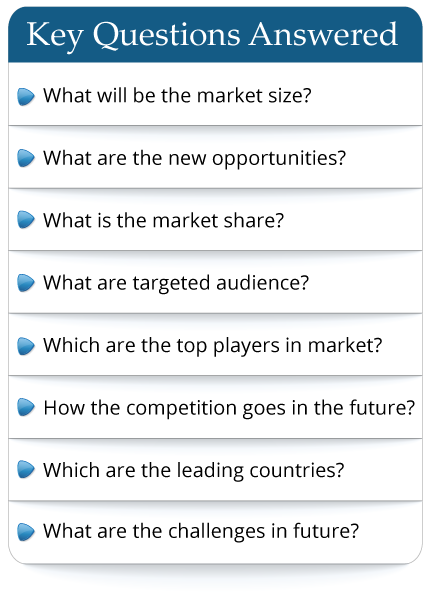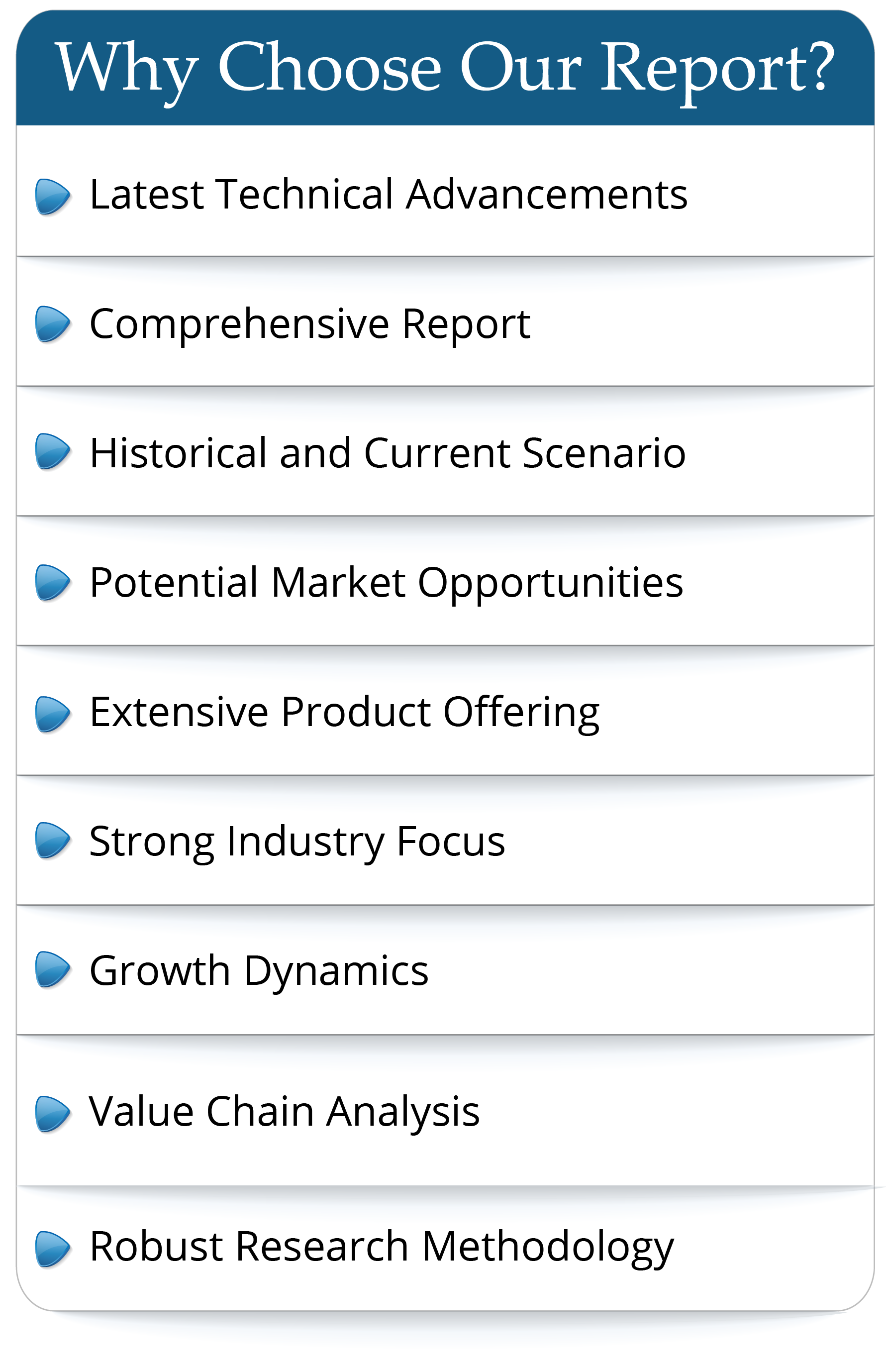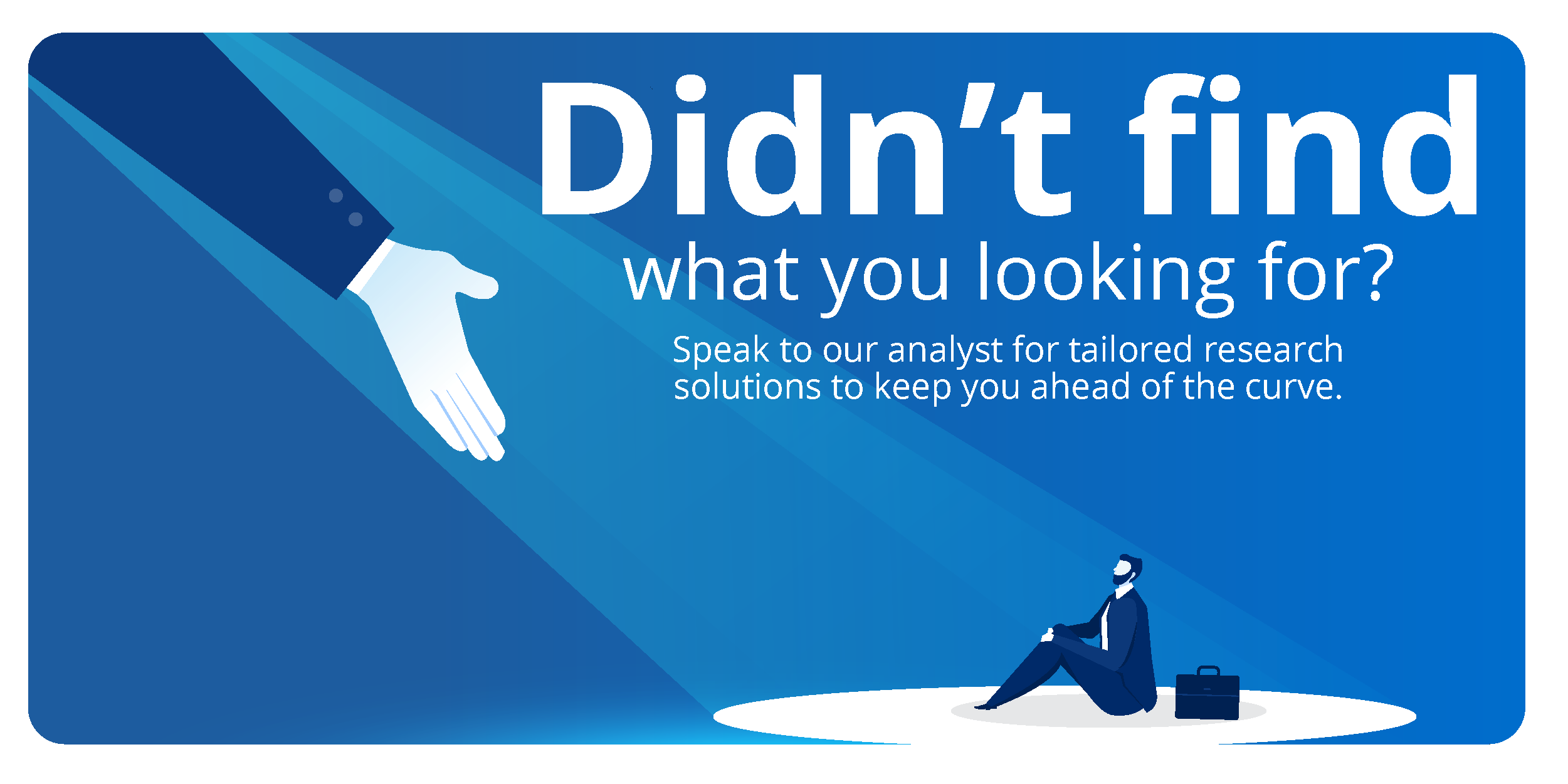Halogenated butyl rubber is white to light amber bales. It is got from butyl rubber halogenated with chlorine and bromine.
Both chlorinated (chlorobutyl) and brominated (bromobutyl) versions of halobutyl are commercially available. They are mainly used in the tire industry. In addition to tire applications, halogenated butyl rubber’s good impermeability, weathering resistance, ozone resistance, vibration dampening, and stability make them good materials for pharmaceutical stoppers, construction sealants, hoses, and mechanical goods.
In this report, the volume of halogenated butyl rubber is calculated by chlorinated (chlorobutyl) and brominated (bromobutyl) rubber.
Market Analysis and Insights: Global Halogenated Butyl Rubber Market
Due to the COVID-19 pandemic, the global Halogenated Butyl Rubber market size is estimated to be worth US$ 5063.5 million in 2022 and is forecast to a readjusted size of US$ 7264.3 million by 2028 with a CAGR of 6.2% during the forecast period 2022-2028. Fully considering the economic change by this health crisis, Chlorinated Butyl Rubber accounting for % of the Halogenated Butyl Rubber global market in 2021, is projected to value US$ million by 2028, growing at a revised % CAGR from 2022 to 2028. While Tires segment is altered to an % CAGR throughout this forecast period.
The top three manufacturers, ExxonMobil, Lanxess, PJSC Nizhnekamskneftekhim, hold about 85% output share. Asian region is one of the major consuming regions of halogenated butyl rubber, accounting for about 39% consumption share.
Global Halogenated Butyl Rubber Market: Drivers and Restrains
The research report has incorporated the analysis of different factors that augment the market’s growth. It constitutes trends, restraints, and drivers that transform the market in either a positive or negative manner. This section also provides the scope of different segments and applications that can potentially influence the market in the future. The detailed information is based on current trends and historic milestones. This section also provides an analysis of the volume of production about the global market and about each type from 2017 to 2028. This section mentions the volume of production by region from 2017 to 2028. Pricing analysis is included in the report according to each type from the year 2017 to 2028, manufacturer from 2017 to 2022, region from 2017 to 2022, and global price from 2017 to 2028.
A thorough evaluation of the restrains included in the report portrays the contrast to drivers and gives room for strategic planning. Factors that overshadow the market growth are pivotal as they can be understood to devise different bends for getting hold of the lucrative opportunities that are present in the ever-growing market. Additionally, insights into market expert’s opinions have been taken to understand the market better.
Global Halogenated Butyl Rubber Market: Segment Analysis
The research report includes specific segments by region (country), by manufacturers, by Type and by Application. Each type provides information about the production during the forecast period of 2017 to 2028. by Application segment also provides consumption during the forecast period of 2017 to 2028. Understanding the segments helps in identifying the importance of different factors that aid the market growth.
Segment by Type
Chlorinated Butyl Rubber
Brominated Butyl Rubber
Segment by Application
Tires
Pharmaceutical Stoppers
Vibration-Absorptive Materials
Others
By Company
ExxonMobil
Lanxess
PJSC Nizhnekamskneftekhim
Japan Butyl
Sinopec Beijing Yanshan
Panjin Heyun Group
Zhejiang Cenway
Production by Region
North America
Europe
Southeast Asia
Japan
China
Consumption by Region
North America
U.S.
Canada
Europe
Germany
France
U.K.
Italy
Russia
Asia-Pacific
China
Japan
South Korea
India
Australia
China Taiwan
Indonesia
Thailand
Malaysia
Philippines
Vietnam
Latin America
Mexico
Brazil
Argentina
Both chlorinated (chlorobutyl) and brominated (bromobutyl) versions of halobutyl are commercially available. They are mainly used in the tire industry. In addition to tire applications, halogenated butyl rubber’s good impermeability, weathering resistance, ozone resistance, vibration dampening, and stability make them good materials for pharmaceutical stoppers, construction sealants, hoses, and mechanical goods.
In this report, the volume of halogenated butyl rubber is calculated by chlorinated (chlorobutyl) and brominated (bromobutyl) rubber.
Market Analysis and Insights: Global Halogenated Butyl Rubber Market
Due to the COVID-19 pandemic, the global Halogenated Butyl Rubber market size is estimated to be worth US$ 5063.5 million in 2022 and is forecast to a readjusted size of US$ 7264.3 million by 2028 with a CAGR of 6.2% during the forecast period 2022-2028. Fully considering the economic change by this health crisis, Chlorinated Butyl Rubber accounting for % of the Halogenated Butyl Rubber global market in 2021, is projected to value US$ million by 2028, growing at a revised % CAGR from 2022 to 2028. While Tires segment is altered to an % CAGR throughout this forecast period.
The top three manufacturers, ExxonMobil, Lanxess, PJSC Nizhnekamskneftekhim, hold about 85% output share. Asian region is one of the major consuming regions of halogenated butyl rubber, accounting for about 39% consumption share.
Global Halogenated Butyl Rubber Market: Drivers and Restrains
The research report has incorporated the analysis of different factors that augment the market’s growth. It constitutes trends, restraints, and drivers that transform the market in either a positive or negative manner. This section also provides the scope of different segments and applications that can potentially influence the market in the future. The detailed information is based on current trends and historic milestones. This section also provides an analysis of the volume of production about the global market and about each type from 2017 to 2028. This section mentions the volume of production by region from 2017 to 2028. Pricing analysis is included in the report according to each type from the year 2017 to 2028, manufacturer from 2017 to 2022, region from 2017 to 2022, and global price from 2017 to 2028.
A thorough evaluation of the restrains included in the report portrays the contrast to drivers and gives room for strategic planning. Factors that overshadow the market growth are pivotal as they can be understood to devise different bends for getting hold of the lucrative opportunities that are present in the ever-growing market. Additionally, insights into market expert’s opinions have been taken to understand the market better.
Global Halogenated Butyl Rubber Market: Segment Analysis
The research report includes specific segments by region (country), by manufacturers, by Type and by Application. Each type provides information about the production during the forecast period of 2017 to 2028. by Application segment also provides consumption during the forecast period of 2017 to 2028. Understanding the segments helps in identifying the importance of different factors that aid the market growth.
Segment by Type
Chlorinated Butyl Rubber
Brominated Butyl Rubber
Segment by Application
Tires
Pharmaceutical Stoppers
Vibration-Absorptive Materials
Others
By Company
ExxonMobil
Lanxess
PJSC Nizhnekamskneftekhim
Japan Butyl
Sinopec Beijing Yanshan
Panjin Heyun Group
Zhejiang Cenway
Production by Region
North America
Europe
Southeast Asia
Japan
China
Consumption by Region
North America
U.S.
Canada
Europe
Germany
France
U.K.
Italy
Russia
Asia-Pacific
China
Japan
South Korea
India
Australia
China Taiwan
Indonesia
Thailand
Malaysia
Philippines
Vietnam
Latin America
Mexico
Brazil
Argentina
Frequently Asked Questions
This market study covers the global and regional market with an
in-depth analysis of the
overall growth prospects...
- By product type
- By End User/Applications
- By Technology
- By Region
The report provides a detailed evaluation of the market by
highlighting information on
different aspects including drivers, restraints...

 Pre-order Enquiry
Pre-order Enquiry Download Free Sample
Download Free Sample












